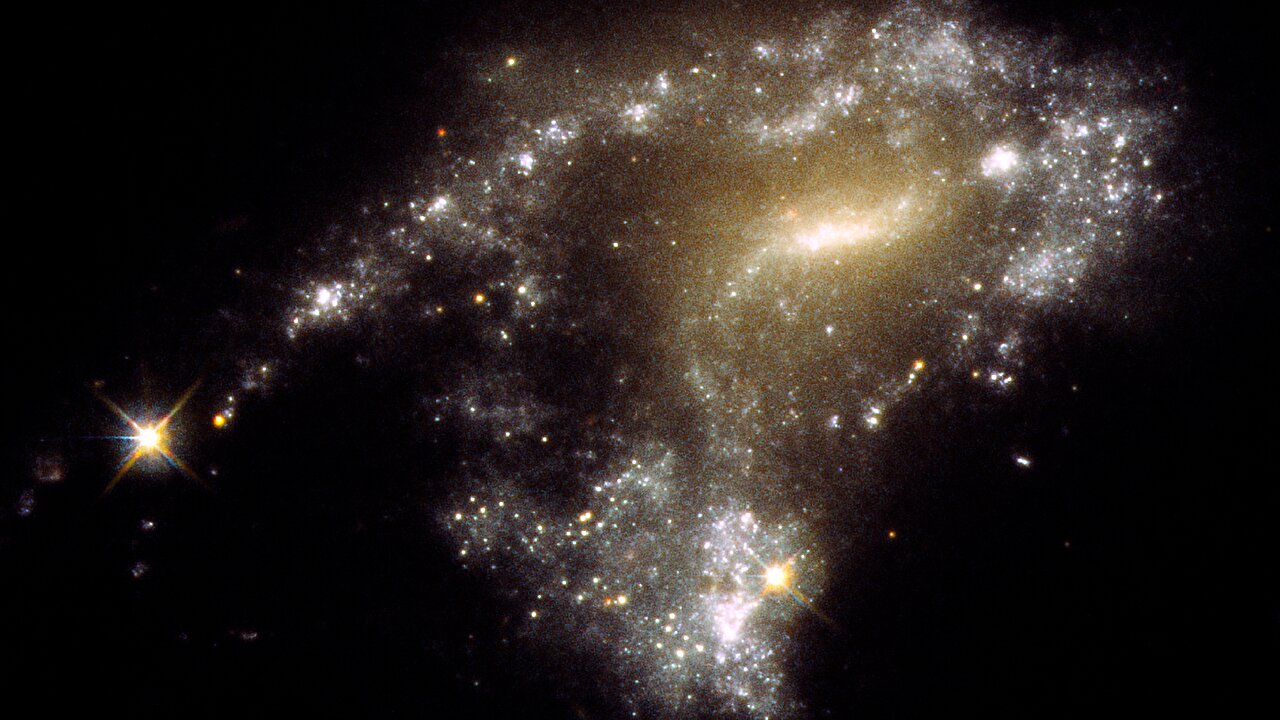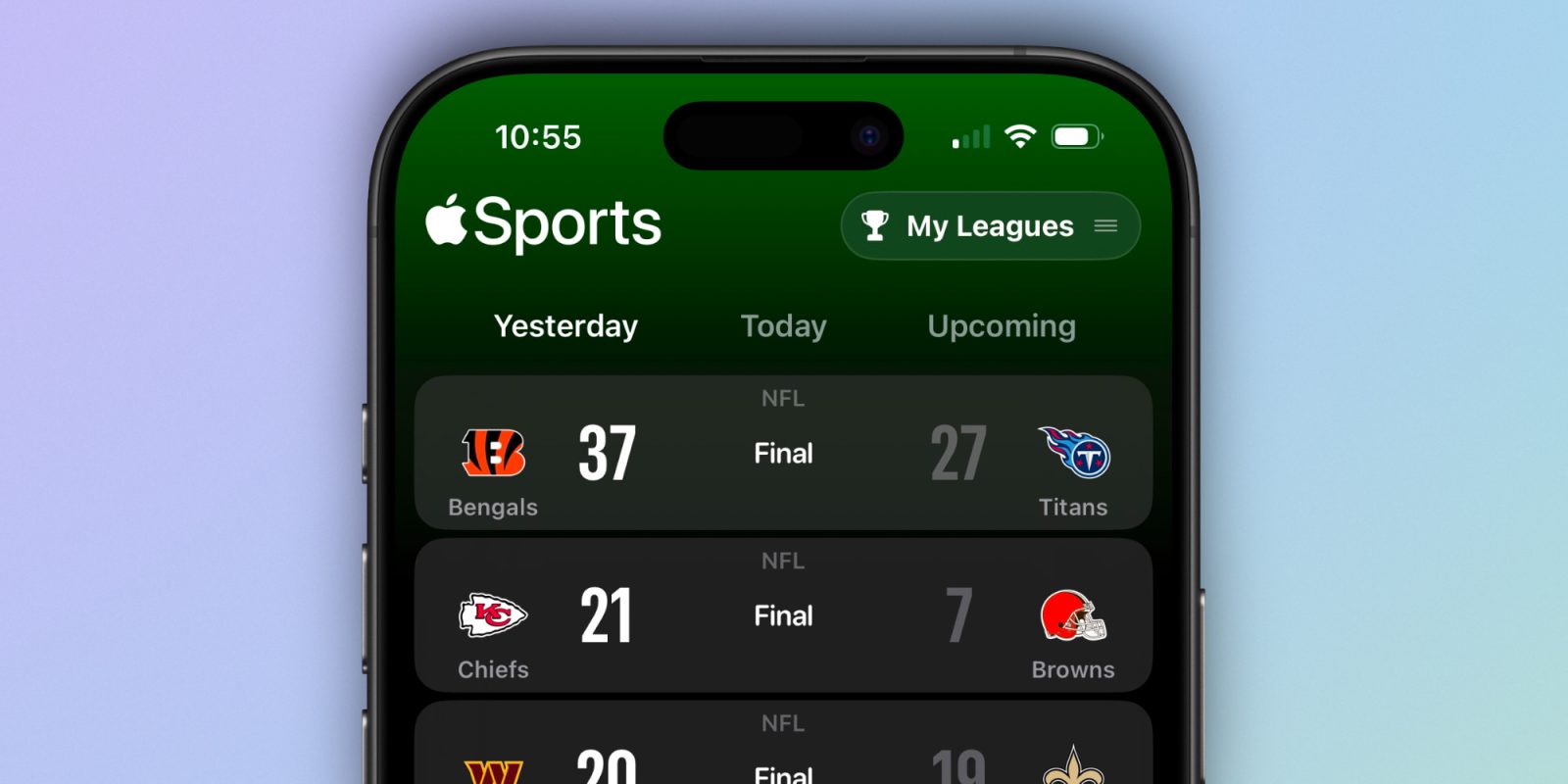When galaxies collide, new stars and possibly new planets can form as a result of the gravitational pull that triggers such collisions. These collisions create tidal tails, which are long, thin regions made up of stars and interstellar gas.
The Hubble Space Telescope’s exceptional visibility allows it to observe clusters of newborn stars strung along these tidal tails. These clusters are formed when gas knots collapse under gravity and create about 1 million newborn stars in each cluster.
NASA’s Hubble Space Telescope has focused on 12 interacting galaxies with long, tadpole-like tidal tails of gas, dust, and numerous stars. The telescope’s sharpness and sensitivity to ultraviolet light have revealed 425 clusters of newborn stars along these tails, resembling strings of holiday lights, with each cluster containing up to 1 million blue, newborn stars.
Tidal tail clusters have been known for a long time, and when galaxies interact, gravitational tidal forces pull out long streamers of gas and dust. In a study recently published in Monthly Notices of the Royal Astronomical Society, astronomers analyzed the ages and masses of these clusters using the near-infrared capabilities of NASA’s Hubble Space Telescope to study tidal tail clusters and determine their ages and masses, along with properties of the merging galaxies.
The team of astronomers found that these clusters are very young—only 10 million years old—and they seem to be forming at the same rate along tails stretching for thousands of light-years. These observations provide insights into star formation and the processes that regulate them, which is crucial for understanding how stars in our own galaxy were formed.
The eventual fate of these star clusters is uncertain. They may remain gravitationally intact and evolve into globular star clusters, form a halo of stars around their host galaxy, or disperse to become wandering intergalactic stars.
This discovery sheds light on the star formation process in the early universe when galaxies collided more frequently. By observing nearby galaxies, Hubble provides a window into the distant past and offers insights into the efficiency of cluster formation in tidal tails.
The study has been published in the journal Monthly Notices of the Royal Astronomical Society.














